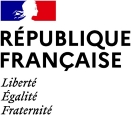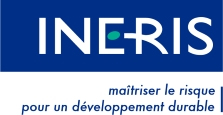These are main authorized uses that may give rise to emissions into the environment:
* Nonylphenols:
- intermediate for the production of nonylphenol ethoxylates;
- production of some plastics;
- production of phenolic oximes.
* Nonylphenol ethoxylates:
- imported articles made of leather and textiles until 03/02/2021;
- paper pulp imported and paper products imported;
- in the energy sector : in fuel additives or in hydrocarbon recovery fluids;
- production of many plastics as a dispersant additive used in the process (emulsion polymers): ABS, ESBR, ENBR, PVC, PTFE, PVA, PMMA, polyacrylates for paints. Plastics that would be the most affected by the use of nonylphenol ethoxylates are polyvinyl acetate and acrylic acids;
- manufacture of tires and gums;
- paint, inks and coatings in emulsifiers, binders, hardeners, thickeners and pigment pastes;
- adhesives as an emulsifier;
- in the wood industry;
- spermicides;
- in the pharmaceutical industry as an emulsifier;
- pesticides and biocides when national marketing authorization have been granted before 17 July 2003;
- in products of wastewater treatment.
* Octylphenols:
- intermediate in the production of phenolic resins (one of which is found in the tire industry) or formaldehyde resins;
- production of octylphenol ethoxylates.
* Octylphenol ethoxylates:
- polymer production (styrene-butadiene), used in tires;
- manufacture of textiles and leather;
- pesticides formulation;
- production of water-based paints.

